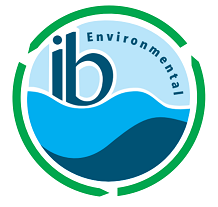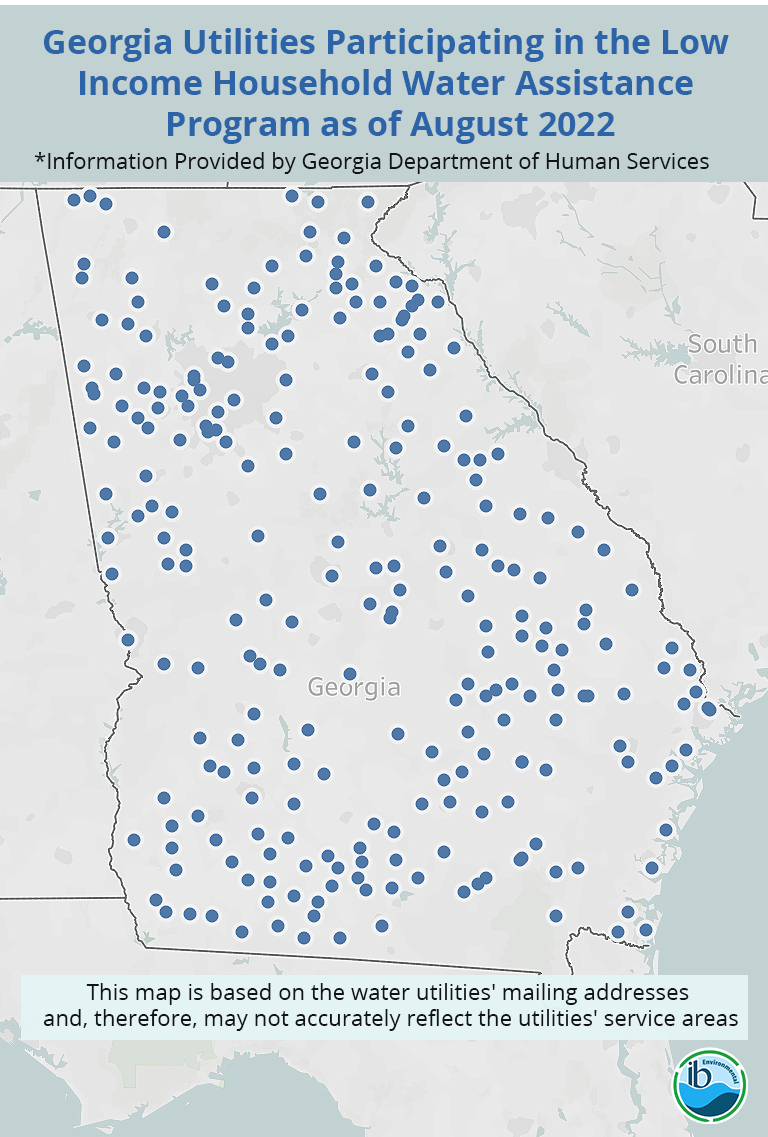The Low-Income Household Water Assistance Program (LIHWAP) emerged as a pivotal but temporary initiative to aid low-income households with their water, wastewater, and stormwater bills. This historic program was the first federal program of its kind to assist with water bills, and was created in the wake of the COVID-19 pandemic. What would its termination now mean?
Read MoreDuring the COVID-19 pandemic, the Low-Income Household Water Assistance Program (LIHWAP), a temporary relief program, was created and funded. This was the first time that an assistance program, specifically for water, had been created. Congress appropriated $1.13 billion under the Consolidated Appropriations Act of 2021 and the American Rescue Plan Act of 2021. Georgia received $37,173,132 to launch its LIHWAP program. As of June 30, 2022, 282 water utilities in the state are participating in the program that helps customers with their water bills. Is it too late for your utility to be one of them?
Read MoreTohopekaliga Water Authority (Toho) was established in October 2003 by a special act of the Florida legislature, and is the largest provider of water, wastewater, and reclaimed water services in Osceola County, Fla. As of 2021, Toho currently serves approximately 111,900 water, 105,600 wastewater, and 20,100 reclaimed water customers in Kissimmee, Poinciana, and unincorporated areas of Osceola County.
Read MoreSince the Flint, Michigan water crisis, there has been heightened awareness concerning the dangers of lead and how exposure to this poisonous metal affects the human body. Based on the proposed amendments to the EPA’s Lead and Copper Rule Revisions (LCRR), there are as many as 9.3 million lead service lines (LSLs) in use across the United States. With water woven into the list of top priorities for the federal government, lead in water has become a main focus in proposed funding packages such as the American Jobs Plan, which proposes allocating $45 billion to fully replacing LSLs across the country.
Read MoreWater is such a universally essential service, that many utilities seek ways to help their low-income customers with affording the service. Generally referred to as a “customer assistance program” or CAP, this help can take different forms. Some utilities assist by repairing leaks and retrofitting low-income customers’ homes with water efficient devices. But, the more common approach is to provide some sort of financial assistance. For example, a special payment plan to help customers who have arrearages may be coupled with some debt forgiveness. Many utilities also offer discounts on the bills of customers who can prove their low-income status. But, is the cost of implementing such a program prohibitive? The good news is that there has never been a better time to find out.
Read MoreSince there are not many academic publications addressing prepaid water service in the United States, we looked at some journal articles that discuss the practice in other countries. In early 2014, France, recognizing citizens right “to access drinking water under conditions that are economically acceptable to all,” introduced the Brottes Law which prohibits water service providers from shutting off any residential customer’s supply due to non-payment. Unlike the other utilities – gas and electricity – this restriction applies year-round, not only during the winter period, and applies to all consumers. While it offers some protection against economic discrimination, it does not cancel the consumer’s obligation to pay, thus allowing service providers to recover their debts by other means.
Read MoreThe Department of Watershed Management (DWM) was formed to manage the City of Atlanta’s essential utility operations: drinking water, wastewater and stormwater systems. The DWM is a regional public utility covering a 650-square-mile area. The utility serves 240,780 residential customer accounts representing 1.2 million people. The water treatment capacity is over 246 million gallons per day, while wastewater treatment capacity is 170 million gallons per day. Residential customers living inside the city who consume about 4,500 gallons of water per month would have an average monthly bill of about $30.44 for water service and about $77.01 for sewer service, totaling $107.45.
Read MoreOperating efficiently is the first line of defense against steep rate increases and water affordability issues. However, a pandemic requires physical distancing, and this can be a challenge for water utilities sending crews out to fix water infrastructure. Under normal circumstances, “efficiency” may mean that a small crew reports to the work site in the same vehicle. With the pandemic, utilities have had to become creative in order to keep their workers safe by putting them in separate vehicles. Finding inexpensive ways to do that is crucial. This is especially true in cases where the utility has forgone its planned rate increase, or is facing revenue shortfalls due to declines in sales from commercial and industrial customers. This post shares some innovative ways that several utilities have reported keeping their costs down with respect to vehicles.
Read MorePrepaid metering has been around for a few decades now, but it comes in various forms depending on the location. The concept is similar to purchasing prepaid minutes for a cell phone or even fueling or charging a car. Customers pay for an allotted amount of a service in advance, depending on what they can afford or what they believe would supply them with enough service. Once paid, customers will immediately have access to said service… Many consumer advocate organizations, however, do not see prepaid metering systems as the best option for dealing with accessibility issues since this service is viewed as targeting vulnerable populations. So, that leaves one to question, can utilizing prepaid systems be an instrument to improve access and quality of water services to low-income communities, or does prepayment worsen access to water for low-income people? Can this be seen as an alternative to water shutoffs?
Read MoreThe Henry County Water Authority (HCWA) provides water service to over 61,000 residential customers and wastewater services to over 24,000 residential customers within unincorporated Henry County along with the cities of Hampton, Locust Grove, McDonough, and Stockbridge in Georgia. It has a total service area population of 240,900 people. This utility has a water treatment capacity of 40 million gallons per day and a wastewater treatment capacity of about 10.7 million gallons per day. What does the average customer pay for these services?
Read MoreAlbany, Georgia is one of the hottest spots, nationally for COVID-19. Albany’s Dougherty County has less than 100,000 people, yet the per capita rate of coronavirus infection was second only to New York at the beginning of April, 2020. This rural county in Southwest Georgia has already had over 100 deaths, more deaths that any county in the Atlanta metro area. Dougherty is the only non-metro county with over one thousand positive tests for the disease at the writing of this post. How that came to be is probably a combination of two untimely funerals and a court case. But how does a municipality so small and so heavily impacted by this virus keep the water on?
Read More










